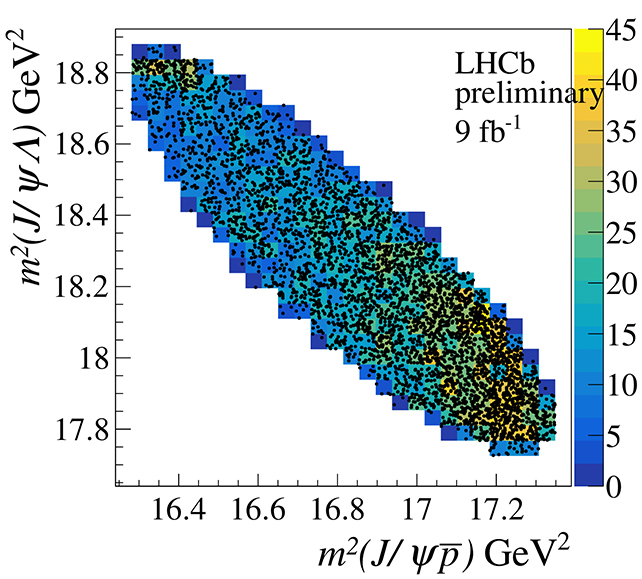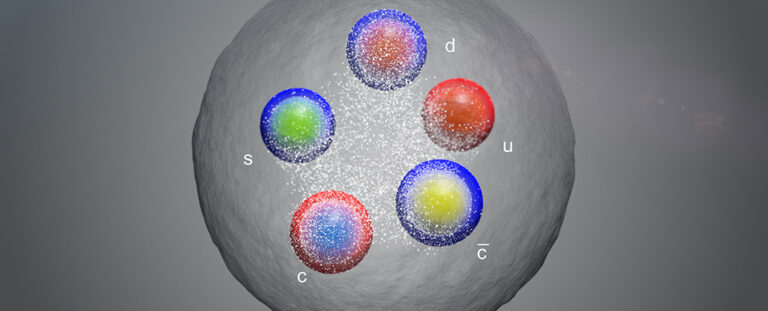Researchers Uncover Surprising Traits in Recently Identified Pentaquark
Scientists at the Large Hadron Collider (LHC) are continuously making groundbreaking discoveries by identifying previously unseen exotic particles. In their latest experiments, they have detected the first pentaquark that contains a strange quark.
For those unfamiliar with quarks, they are the fundamental constituents of matter, and the strange quark is one of the six distinct types: up, down, top, bottom, charm, and strange. Protons and neutrons, for instance, primarily consist of three quarks.
In 2015, the LHC experiments confirmed the existence of pentaquarks, which are composed of four quarks and one antiquark bound together. This confirmation came approximately 50 years after scientists initially proposed their existence.
Further research conducted in 2019 shed light on the underlying structure of pentaquarks. As anticipated, they are comprised of a meson (a pair of quark and antiquark) and a baryon (a group of three quarks).
Now, the LHC team has encountered a novel combination of pentaquarks. This particular configuration includes one charm quark, one up quark, one down quark, one strange quark, and a charm antiquark (the antimatter counterpart with an opposite charge to a charm quark).
Identifying these new particles necessitates intricate calculations once the LHC has initiated high-speed collision processes. Algorithms meticulously analyze the scattered debris to identify any discernible patterns that could indicate the presence of novel particles.

The analysis of the decay of these particles, which involves examining the constituent parts they break down into, aims to determine if we are encountering something entirely novel. Meeting various statistical significance thresholds is crucial in this process.
The Large Hadron Collider (LHC) has played a pivotal role in the detection of numerous exotic particles, aptly named due to their departure from the conventional two-quark and three-quark structures. These particles aid scientists in comprehending the fundamental building blocks of existence and their interactions.
Researchers are particularly motivated to surpass the limitations of the Standard Model of physics, seeking to elucidate the persisting anomalies within it. For instance, the model fails to account for dark matter, implying the existence of yet-to-be-observed and undiscovered fundamental entities.
The LHC, spanning 27 kilometers (17 miles), continues to enhance its power and efficiency, promising further groundbreaking discoveries in the future. It may even surpass the monumental achievement of the Higgs boson’s discovery in 2012.
The research was initially presented at the ICHEP 2022 International Conference on High Energy Physics in Italy and is set to be published in Physical Review Letters.
This article is republished from sciencealert under a Creative Commons license. Read the original article.
Do not forget to share your opinion with us to provide you with the best posts !




0 Comments